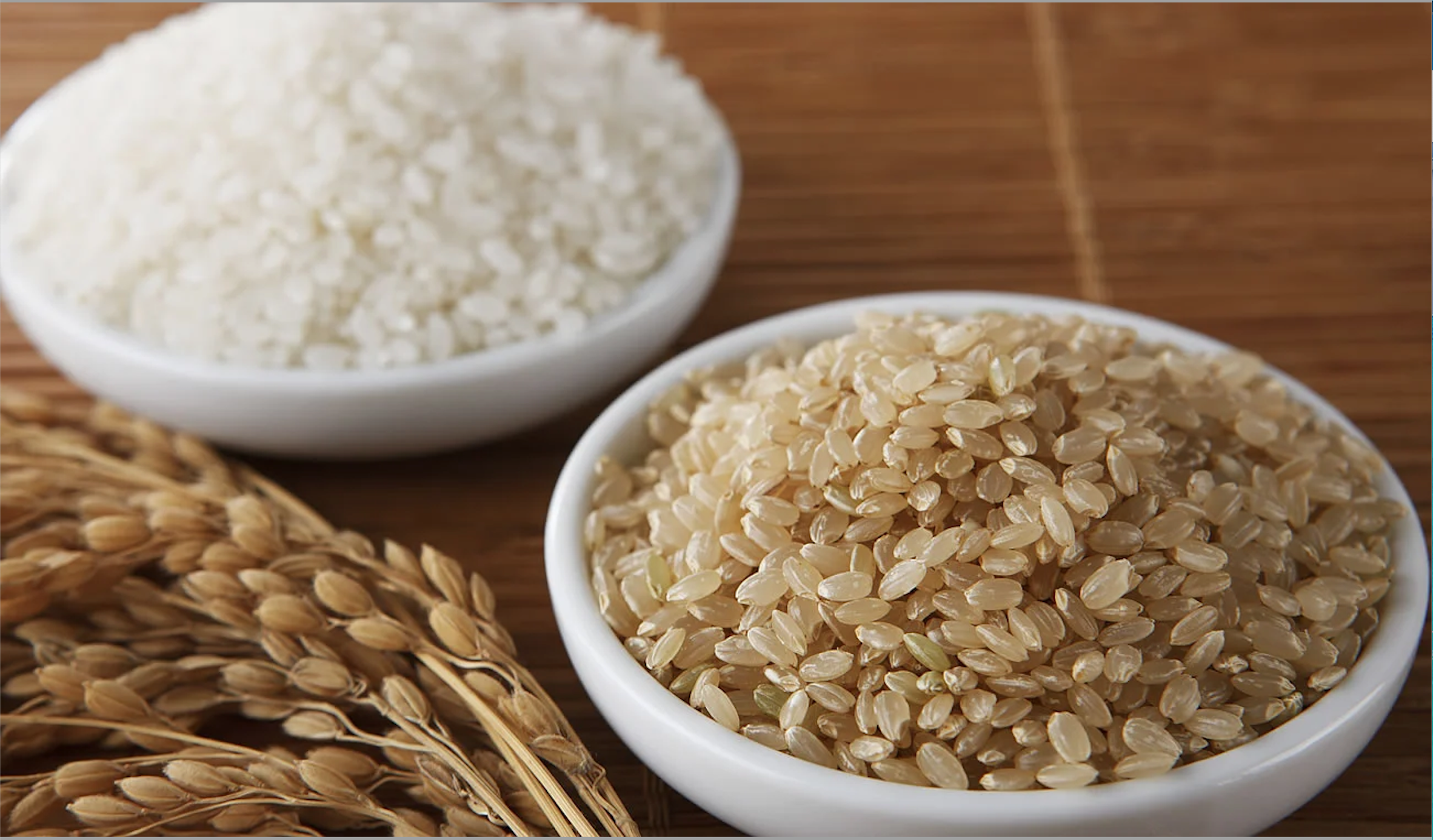White or Brown Rice?
by ryan heeney / june 10th, 2022
The recommendation to eat brown rice over white rice from the health community was another big mistake in my opinion. It's very common to hear nutritionists, personal trainers and even the medical community recommend "whole grains like brown rice". In my opinion, these recommendations are once again based on shortsighted, simplistic thinking.
The main reasons they make the recommendation of brown rice over white is its higher fiber content, higher vitamin and mineral content and higher number of amino acids. While brown rice does in fact contain these nutrients in greater amounts, this does not mean that brown rice should be recommended over white.
Now you might be thinking that this doesn't make sense. If white rice doesn't have as many nutrients as brown rice, why am I recommending it over brown?
I would try to think of it this way—why are the nutrients found in poison ivy never discussed? Since poison ivy is a green leafy plant, it probably contains certain levels of vitamins C, K, folate, iron and lots of other vitamins and minerals that would be beneficial to us. So why isn't it touted as a health food?
Well, it's because we know the negative effects of poison ivy outweigh any potential positive effects it has on our health. While this is an extreme example, this analogy can be applied in a more nuanced way to brown rice.
White rice is just the refined version of the whole grain kernel that is brown rice. The bran and germ have been stripped away leaving just the starchy endosperm that is known as "white rice". The bran contains fiber and B vitamins and the germ contains other vitamins and minerals, but these two parts of the kernel also contain the plants natural defense mechanisms or "antinutrients". Remember, a seed (rice) does not "want" to be eaten, it wants to stay intact and spread for means of reproduction. These antinutrients found in brown rice include things like phytic acid, which binds to minerals like zinc, copper, iron, magnesium, niacin and calcium, preventing them from being absorbed by our bodies. Yes, when we remove the bran and the germ we do lose potential nutrients, but the absence of the antinutrients that come with the bran and the germ ends up being an overall health net gain when considering both of these facts.
While I recommend eating starch in moderation (obtaining adequate carbohydrate from fruit or fruit juice is optimal), the refined kernel that is white rice is a "safe starch" and can be a good source of carbohydrate in the diet. Since it is a starch, I recommend eating white rice with a protein and some saturated fat (butter, refined coconut oil) for optimal blood sugar management.
Joanna Soh has a great video below that breaks down this whole topic even further which I recommend.


